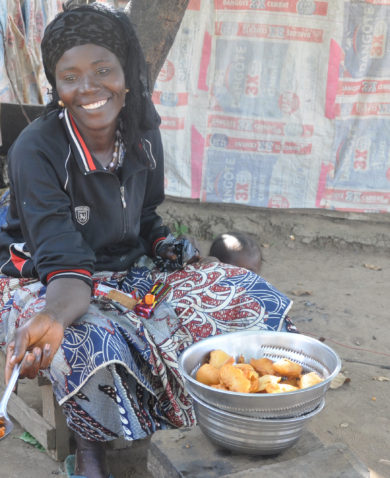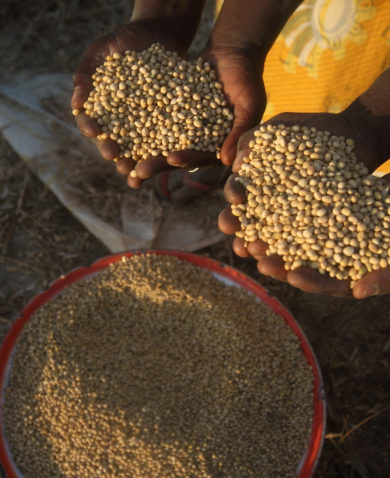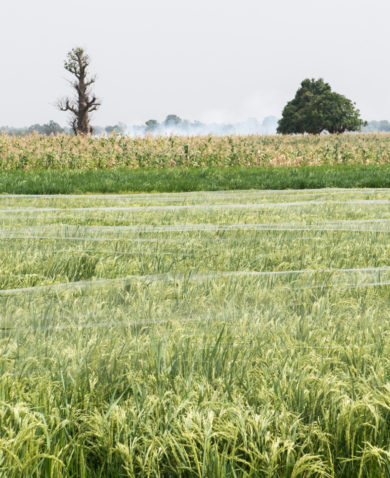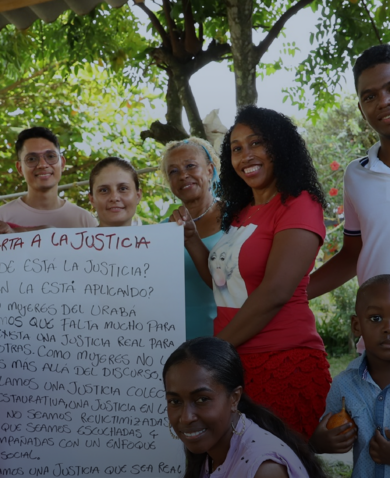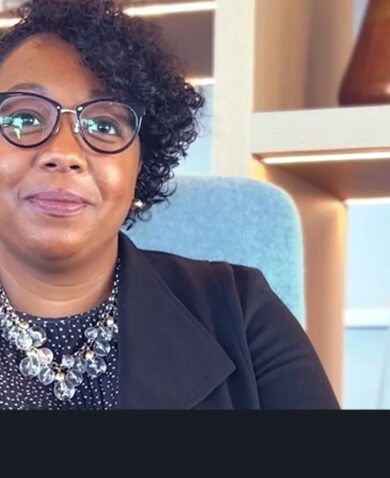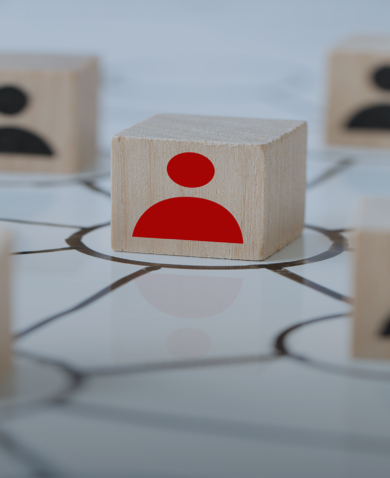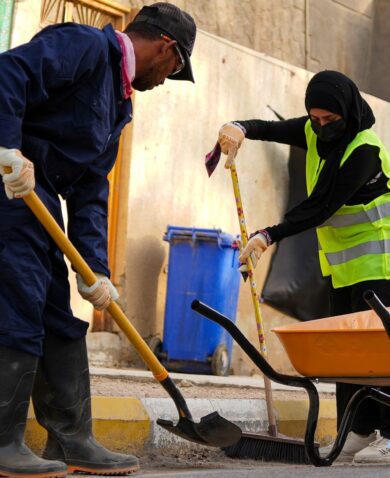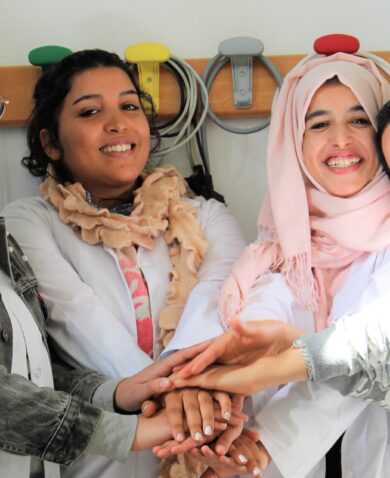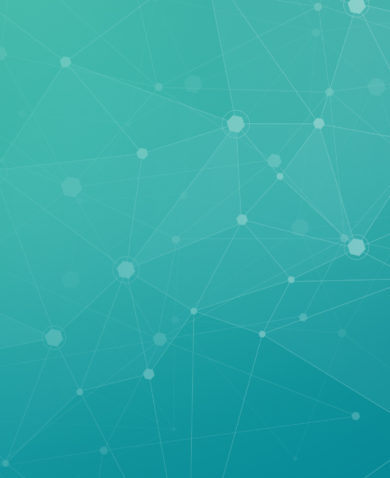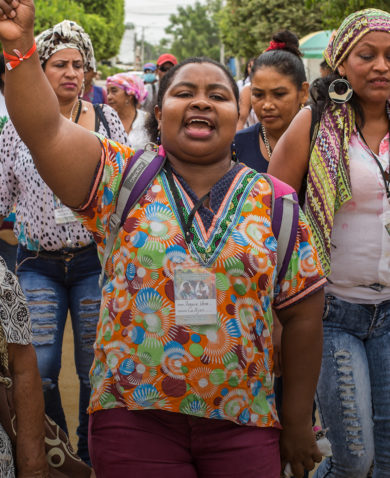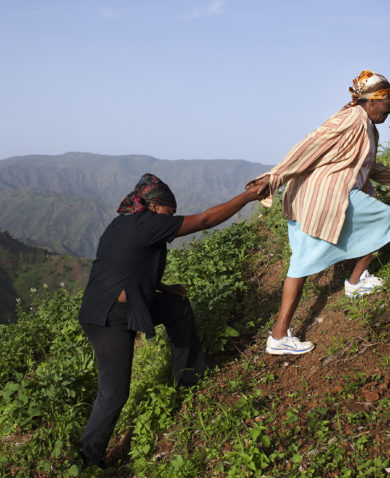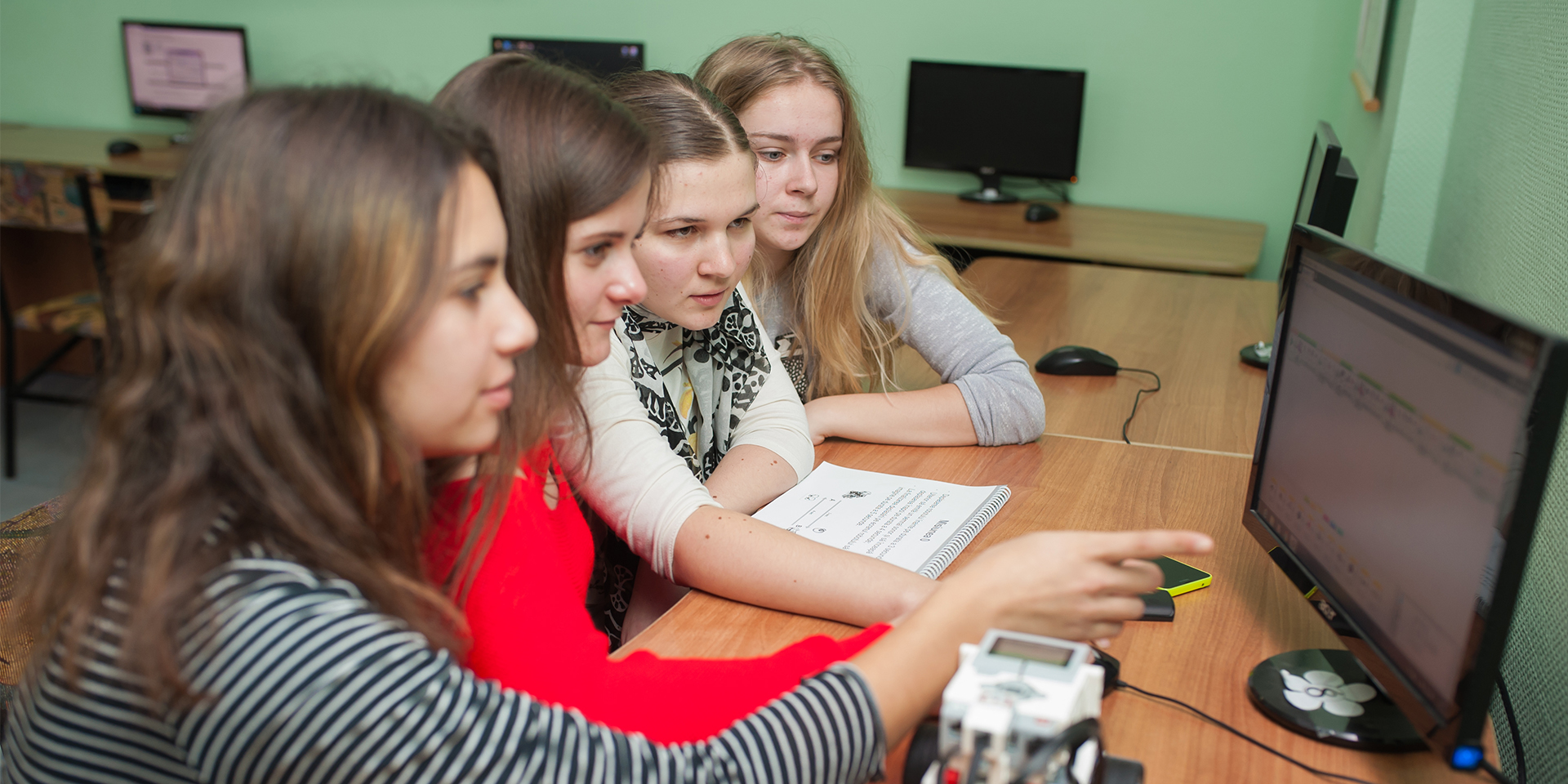
Beyond SDG 5: Women’s Empowerment Leads to Sustainable Development
April 3, 2017 | 4 Minute ReadAs the Gender Equality Forum meets to establish an action agenda for the Sustainable Development Goals, Amelda Zotter explores why equality is central to achieving all the goals.
The Sustainable Development Goals (SDGs), adopted in September 2015 by U.N. member states, set the 2030 agenda for sustainable development and helped frame political and economic policies. The 17 SDGs build on the successes of the Millennium Development Goals (MDGs) and call for bold action to address a broad range of development issues including achieving gender equality and empowering all women and girls. During the MDG era, some significant milestones were met regarding gender equality. And yet, women continue to experience significant gaps in terms of poverty, labor market and wages, and participation in private and public decision-making. The U.N. secretary-general’s report during the 61st Session of the Commission on the Status of Women this month suggested that to improve SDG implementation and monitoring, countries need to find more ways “to mobilize additional resources for gender equality, including through progressive income, wealth taxes, and closing tax loopholes; making gender equality a priority in setting up institutions, structures and whole-of-government approaches; increasing investments in gender statistics; and enabling spaces for the effective participation of women’s civil society organizations in all aspects of decision-making related to the SDGs.” If we take a closer look at the SDGs, we see that many of them complement SDG 5 and highlight the role gender plays in addressing stark political and economic disparities.
Gender permeates the SDGs
Gender emerges as a cross-cutting theme and plays an instrumental role in fulfilling the SDGs. An examination of the SDGs through a gender lens reveals that women’s equal participation is critical to many of the goals: food security and nutrition (SDG 2), education (SDG 4), economic growth and development (SDG 8), community conservation and preservation of bio-diversity (SDG 14), climate change (SDG 13), peacebuilding (SDG 16), and health services and care (SDG 3).
If the SDG targets are to be met, countries must engage women in their implementation. Women are often seen as a vulnerable group, but they should be seen as change agents whose participation is key to the advancement of our countries and societies. Empowering women and breaking down the legal, economic, and social barriers that hinder women’s participation in countries’ development enables us to fight injustice and inequality and creates an environment where all citizens can thrive and contribute to their fullest potential. According to the 2015 U.N. Global Compact’s report, 90 percent of 173 countries researched had “at least one legal barrier limiting economic opportunities for women — such as restrictions to hold certain jobs, access finance, or own property.” Equality then becomes a precondition for fulfilling the Sustainable Development Goals, accelerating social progress, promoting economic growth, and ensuring the environment’s protection.
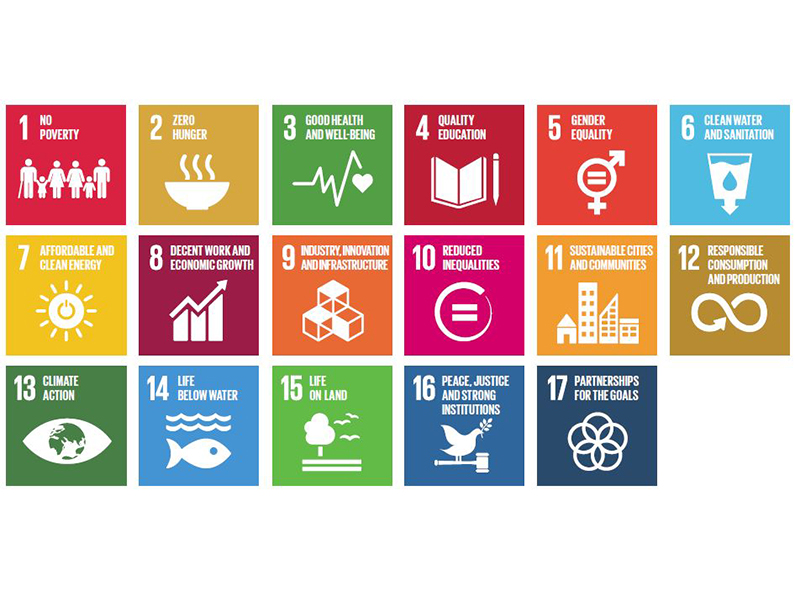
SDG 5: Achieve gender equality and empower all women and girls
SDG 5 is a stand-alone goal aimed at achieving gender equality and empowering women and girls. It expands significantly on the MDGs by detailing in a single goal a “full range of issues and actions that will drive success.” This goal addresses three main areas for action: ending violence against women and girls, gender equality in decision-making positions in government, public and private institutions, and gender equality in “distribution of capabilities.”
Gender-based violence remains a global epidemic, affecting more than one in three women over the course of a lifetime. Violence against women and girls, including human trafficking and the harmful practice of female genital mutilation or cutting, is a violation of human rights and hinders development.
Women are often underrepresented in decision-making positions in government and public and private institutions. They hold only about 22 percent of parliament seats globally. As of January 2017, 10 women are serving as heads of state, and nine are serving as heads of government. According to the Worldwide Index of Women as Public Sector Leaders last year, women accounted for around 48 percent of the overall public sector workforce, but they represented less than 20 percent of senior public sector leadership roles across the countries of the G20.
If we fulfill SDG 5 by 2030, it is expected that “hunger and poverty cases will reduce significantly, and by the end of the century more than half of the third world countries will have fully developed” according to the MDG Monitor. Women’s empowerment is key to unlocking their potential to build a more just and prosperous future.
Platform of action for development
The SDGs, and SDG 5 more specifically, provide a platform of action and a road map to the 2030 goals. If we look at the data on how far women have come to date, the numbers remain alarming and point to areas where efforts must be concentrated. Women around the world continue to face enormous political, economic, and social barriers to achieving equality in politics, economy, health, and education.
A recent World Bank survey of 173 countries found that around 155 still have at least one law impeding women’s economic opportunities. Some 53 percent of employed women depend on informal, under-regulated sectors, such as domestic work and agriculture, and less than 20 percent of landholders are women. An estimated 62 million girls globally are out of school. These numbers remind us of how much further we have to go. But we should not lose sight of the progress made, and we should celebrate the social, economic, cultural, and political victories of women paving the way to equality. We need to commend the courage of female activists who are challenging the status quo, pushing boundaries, changing cultural and social norms, saving lives, speaking up, and changing society and the world. It is their work that propels us a step closer to achieving equality for all.
Our development work calls for turning these global goals into local actions and solutions. By tailoring our programs to address women’s and girls’ needs (especially women from marginalized communities), and mainstreaming the SDGs throughout our programming, we enable women to become catalysts of transformation for a better future.



